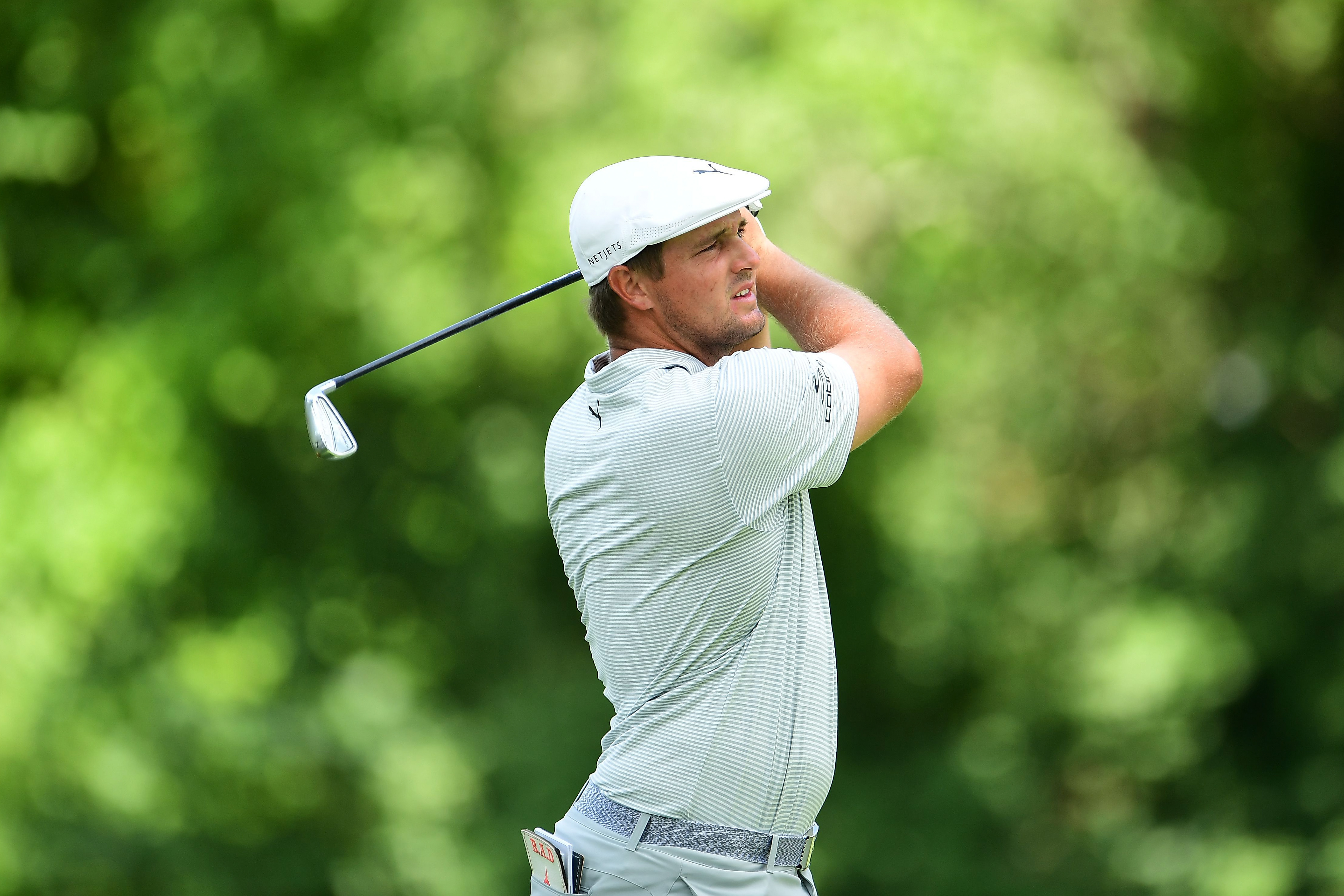By Ed Travis
On his way to a six-stroke U.S. Open victory, contrary to popular belief, Bryson DeChambeau was not the longest off the tee at Winged Foot with its narrow fairways, thick rough, and penal conditions. Amongst all the post tournament angst and hand wringing, it was overlooked that he was seventh in driving distance, a full eight yards behind leader Dustin Johnson.
DeChambeau did find 46 greens in regulation (63.8% GIR), which was the real accomplishment in his victory. The booming drives got all the attention, but his iron play and putting were superb all week.
Since the end of last year and during the pandemic hiatus, DeChambeau added 40 pounds of muscle and pumped up his clubhead speed to a level more often seen on the World Long Drive Tour, than the PGA Tour. It also gave him the power to hack it out of some really ugly places and from ankle deep rough.
The key to his first major victory, by a wide margin, was his raw physical strength. He could hit it most anywhere and muscle it out, often on to the green.
Some are even saying this is golf at a new level and will be the future of the game. Golf’s governing body, the United States Golf Association (USGA), is not happy. In February, a Distance Insights Report prepared jointly by the USGA and The R&A said,
“This report clearly shows a consistent increase in hitting distance and golf course lengths over the last 100-plus years. These increases have had a profound impact on costs to build, modify and operate golf courses and they have impacted golfers at all levels. We believe this problem will continue unless this cycle is brought to an end. With collaboration from the entire golf community, we have an opportunity to stem this tide and help ensure golf remains sustainable and enjoyable for generations to come.”
The USGA acknowledges the problem does not lay with the average golfer, but with professionals and elite amateurs. The USGA is set on doing something to rein in distance and DeChambeau has become the poster child. Much like Ernie Els, Adam Scott and Keegan Bradley were, when the USGA took action to ban anchored putters.
Rather than celebrating the athleticism, dedication and skill of the top players they plan to add more restrictions to golf ball and golf club performance, which seems to ignore the fact that DeChambeau’s performance is a result of his new found strength and intense training. The clubs and balls didn’t change, Bryson did.
Frank Thomas, inventor of the graphite shaft and former Technical Director of the USGA put it succinctly.
“Fortunately, the laws of nature are playing an important part in governing the distance the ball will travel, while the athleticism of the elite golfers – about 0.1% of the golfing population– has changed, as it has in all other sports. Unfortunately — for most of us – this has not been as significant a change.”
At six feet, one inch tall and weighing in at 240 pounds, will other players be willing to bulk up to DeChambeau’s physical standards to become more competitive? A few may try, but it remains highly unlikely a large percentage will.
Concurrent with DeChambeau going through his physical transformation, this writer was bulking up as well…from the comfort of the family room couch, without gaining a single yard off the tee, I might add.
COVID-19 strikes again. The pandemic put the formal announcement of any “roll back,” or equipment performance change until next year but the USGA evidentially plans to forge ahead.
USGA CEO, Mike Davis announced his retirement to be effective at the end of 2021. He is on record as saying that before his term in office ends, he will get the ball “rolled back.” The inevitable has only been postponed.
Athletes in other sports are encouraged to train harder, gain strength and speed but in golf the rules makers say that is wrong.
It is sad and perhaps the ultimate disservice to our game.










